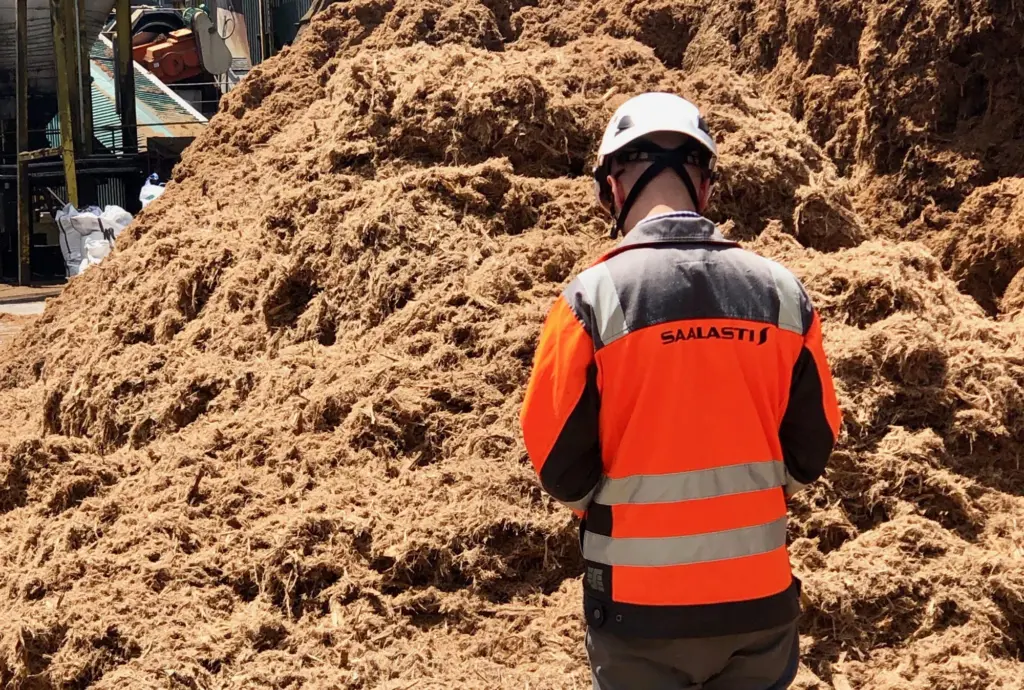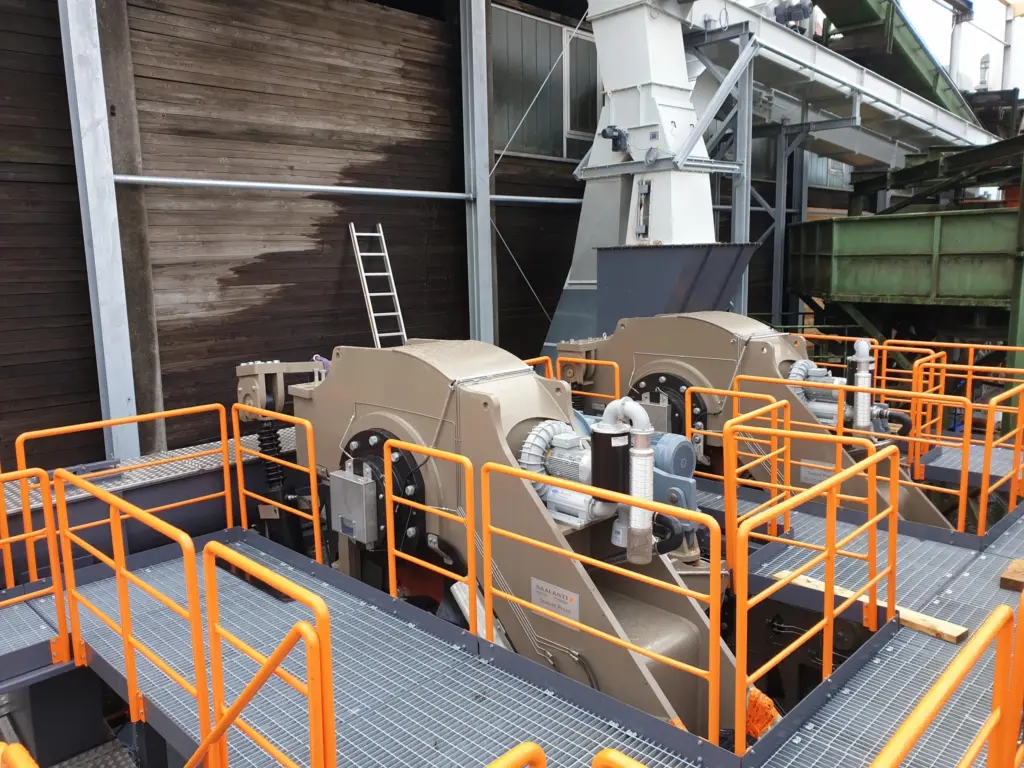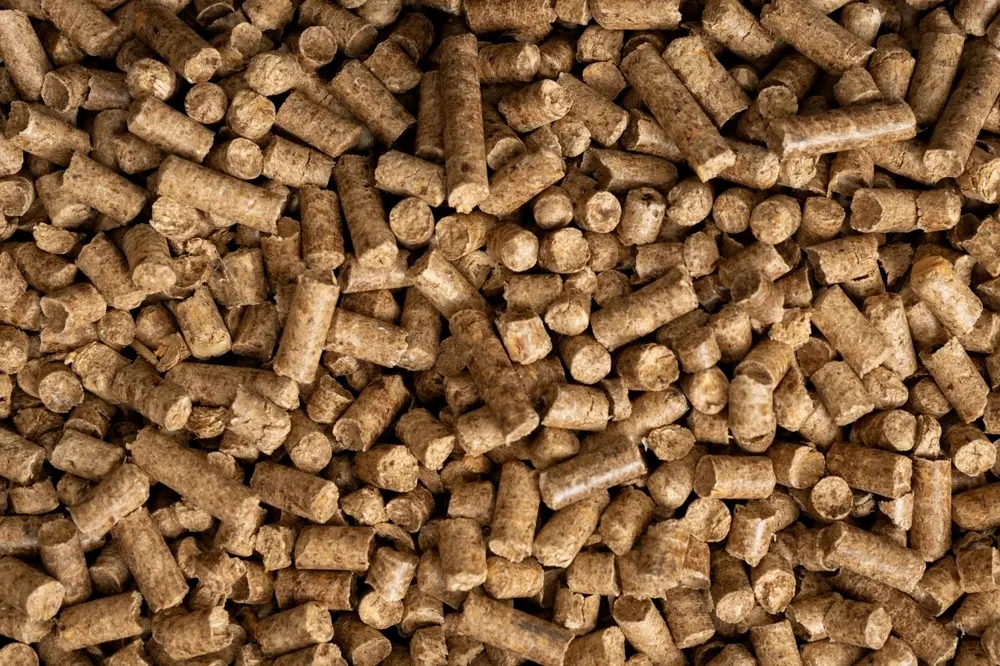News
Biomass energy advantages: why invest in mechanical biomass processing solutions?
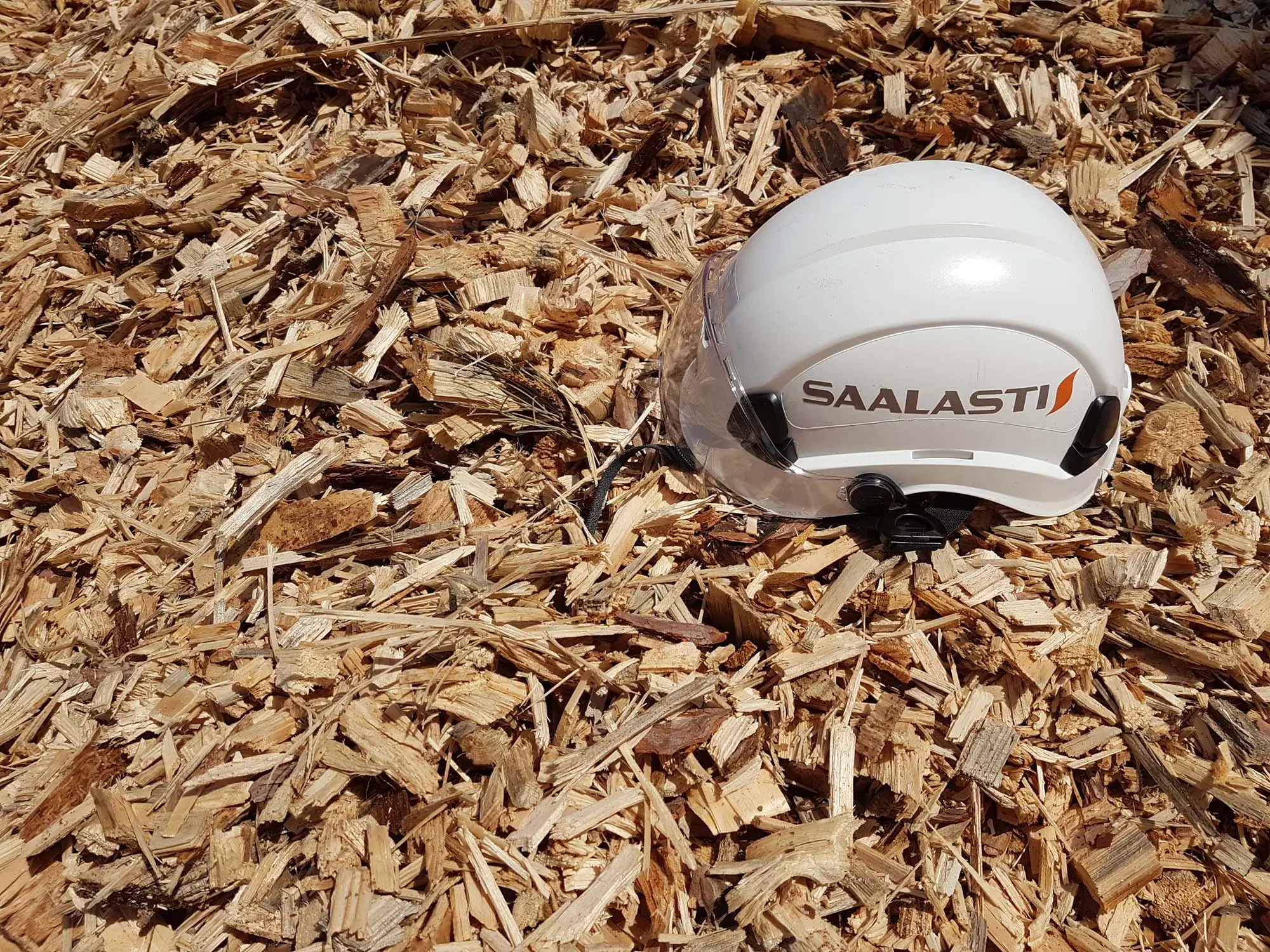
If you work at a thermal or condensing power plant, you’re likely seeking solutions to enhance the overall efficiency of your facility and make better use of biomass energy. One effective way is optimizing the moisture content of biomass.
However, if you are unfamiliar with the innovative solutions the market offers, there is a risk of missing out on energy savings in your biomass operations without even realizing it.
In this article, we focus on the advantages of biomass energy and explain how thermal power and condensing power plants can enhance their bioenergy utilization by optimizing the dry matter content of biomass.
Plants in Central Europe can significantly boost their operational efficiency by focusing on moisture reduction within the biomass drying process, maximizing the advantages of biomass energy as a renewable resource.
Boosting the advantages of biomass energy in central European countries – find the solution in mechanical drying
In the Nordic countries, using district heating networks for heat recovery and recycling is common. However, in many Central European countries, this infrastructure does not exist. Thermal and condensing power plants in these regions must look for other methods to improve energy production efficiency, such as considering the advantages of biomass energy.
Using biomass as an energy source reduces CO2 emissions and fuel costs due to decreased reliance on fossil fuels. The moisture content of biomass affects its utilization in energy production, so power plants that use biomass as biofuel benefit from drier material.
Drier biomass leads to more efficient energy production, as less energy is required to evaporate water, allowing more energy to be utilized for actual heat generation.
For example, when biomass contains 50% water, a significant portion of the dry matter’s calorific value is wasted on evaporating water, leaving less energy for heat production. Mechanical drying helps overcome this issue by reducing the amount of water that needs to be evaporated. When the biomass is dried before being used as a fuel, less energy is required for water evaporation, leading to a more efficient combustion process.
Energy losses in biomass evaporation can be as high as 40–60%, depending on the dry matter content. By improving the drying process, biomass becomes more energy-efficient, cutting biomass consumption by up to 10–15% while maintaining the same energy production.
Saalasti’s machines are specifically designed to improve the dry matter content of biomass, making them a valuable long-term investment for thermal and condensing power plants seeking to utilize the advantages of biomass energy.
By crushing and chipping biomass, our robust machines increase the surface area for drying, accelerating moisture removal. Additionally, our powerful pressing technology enables mechanical water removal without heat, further reducing energy consumption and improving overall process efficiency.
Thermal vs mechanical drying – basic facts:
- Thermal drying uses heat to remove moisture from biomass, typically consuming more energy.
- Mechanical drying involves pressing or squeezing water out of biomass without heat, conserving energy and making it ideal, for example, in pre-processing stages.
- When biomass is processed before combustion, mechanical drying can increase process capacity without increasing energy consumption.
- Learn more about the benefits of mechanical drying here.
Saalasti’s machines are ideal for various applications, including pellet production, biochar production, and energy production, as well as utilizing press water for purposes like fertilizer and feed production.
Read more about our customer stories: How to turn biomass into value?
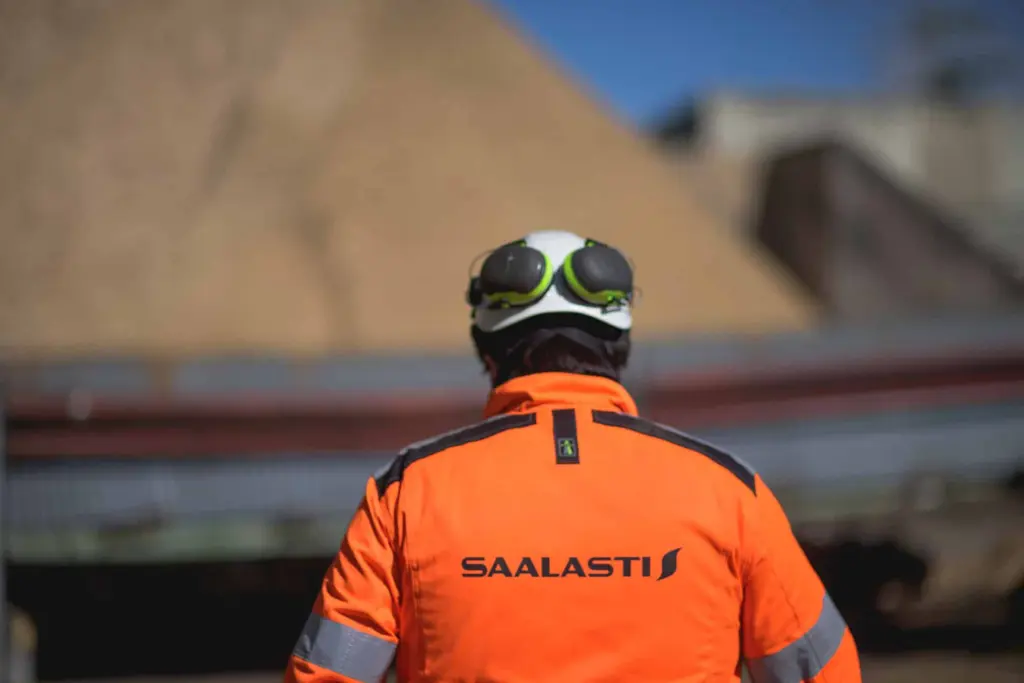
Tackling the typical biomass moisture challenges: how Saalasti machines maximize biomass energy advantages?
If your plant uses thermal drying for biomass, you might wonder why you should invest in new equipment. However, thermal drying is often a bottleneck for energy efficiency due to its high energy consumption.
A mechanical press can significantly increase drying capacity while enhancing overall energy efficiency. Our presses also ease hammer mills’ workload by reducing the biomass’s moisture content beforehand, improving their operational efficiency and longevity.
When optimizing the advantages of biomass, one common challenge is managing the residual water, or press water, from the drying process. This water must be treated properly before it can be discharged into water systems. At Saalasti, we help our customers find tailored water treatment solutions that vary in scale and cost, ensuring environmental compliance while maintaining operational efficiency.
Saalasti’s solutions for utilizing biomass energy advantages are scalable to fit different plant sizes and biofuels. Our equipment can also be modularly integrated into existing processes to increase capacity without significant downtime.
Contact our sales team for more details.
Saalasti Hippo 1803 – a new-generation high-pressure press offers huge energy-saving potential
Compared to thermal drying, Saalasti’s solutions offer significantly lower energy consumption and achieve much better dry matter results than other mechanical presses. Additionally, Saalasti machines are easy to install due to their compact footprint, considerably smaller than thermal systems.
For example, our latest innovation, High-Pressure Press 1803, Hippo, dramatically reduces the moisture content of organic fibre-based biomasses such as wood chips and sawdust. The press suits many industries where fiber-based biomass requires an energy-efficient drying method.
How to measure and monitor biomass dry matter content
You can evaluate the moisture content of biomass using different methods to identify opportunities to utilize biomass energy advantages better.
- Regular laboratory measurements: Gather accurate and reliable data on the biomass dry matter content with frequent laboratory tests.
- Process performance: Monitor the energy consumption of thermal drying processes. Higher energy consumption may indicate that the biomass contains more moisture than expected.
- End-product quality: Evaluate the quality of the final product, such as pellets. It often indicates how effectively moisture has been removed from the biomass.
More than just saving energy: the additional advantages of biomass drying
In addition to energy production, drying biomass offers several other benefits.
One of the key advantages is that log piles and forest residues can be transported to the facility fresh, without the need for prolonged drying along the roadside.
This practice helps reduce material losses due to natural decomposition and minimizes the breeding of harmful organisms, such as fungi and insects, that thrive in moist conditions. By avoiding unnecessary exposure to environmental conditions, the quality and quantity of various biomass materials are better preserved, resulting in more efficient use of resources.
From a processing standpoint, the mechanical properties of processed biomass are also significantly improved when biomass is dried efficiently. Drying enhances both biomass’s chemical and mechanical handling characteristics, making subsequent processing – such as grinding, chemical treatment, or pelletizing – much easier and more efficient.
Improved mechanical strength and uniformity of the material can reduce wear and tear on equipment, lower operational costs, and increase throughput efficiency.
Drying biomass before further processing saves energy and enhances the entire production chain, improving performance and sustainability.
Biomass energy advantages in action: Case Van Roje
In wood pellet production, the German company Van Roje raised the production capacity from 60 to 90 tonnes with the same volume of heat and without additional combustion systems. This was possible with Saalasti High-Pressure Dewatering Press 1803 “Hippo”, which removes approximately half of the water content of the wood.
The Van Roje case highlights the practical advantages of biomass energy. Investing in Saalasti technology has allowed Van Roje to improve energy efficiency and achieve higher capacity with stable, reliable, and sustainable processes.
Read the customer success story.
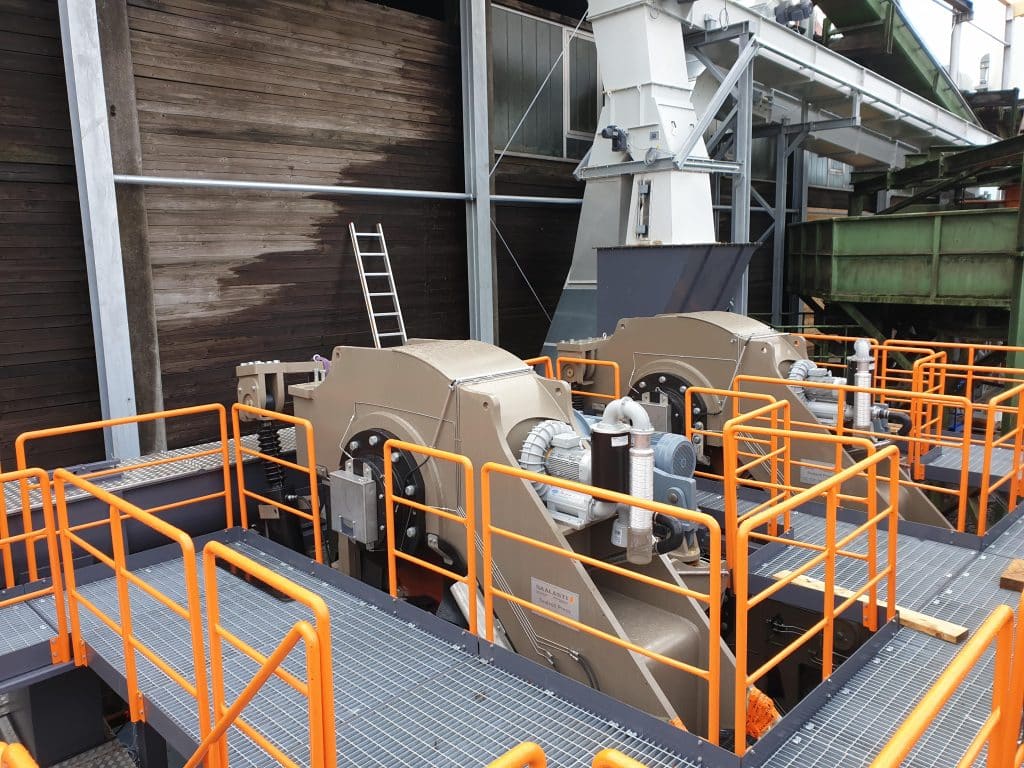
Interested in learning more about biomass energy advantages?
Contact our sales team to learn how we can enhance biomass energy efficiency in your processes. Our innovative solutions help optimize drying and reduce energy costs, driving sustainability and performance improvements.
